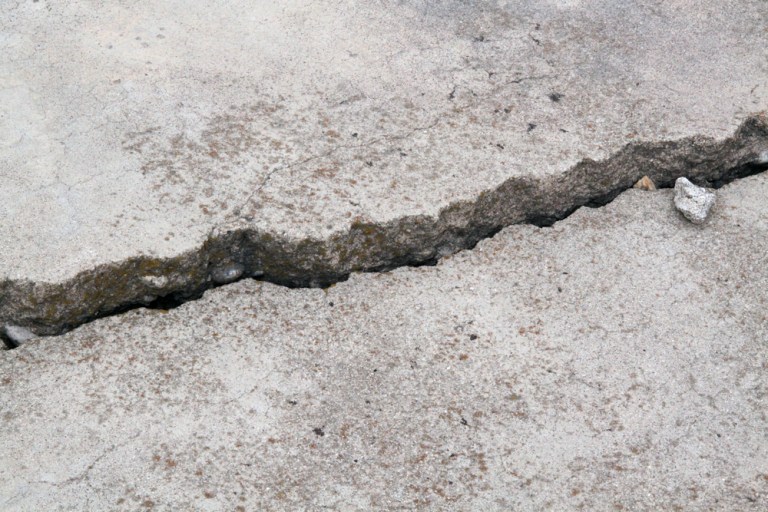
Why are suppliers paid late? In some cases, longer payment terms are a strategic cash flow decision made by a large corporation. But taking advantage of corporate size and power doesn’t portray the whole story of smaller suppliers getting paid 60, 90 or even 120 days after an invoice is issued.
When financial advisory firm KPMG announced last week that it is pairing up with financial supply chain firm Taulia, the companies did so while simultaneously releasing their own research that uncovers some of the possible culprits behind longer B2B payment terms.
“Jointly, our studies demonstrate the disconnect that exists in today’s financial supply chains,” said KPMG Supply Chain and Procurement Practice Leader in the Americas Samir Khushalani in a statement at the time.
A closer look at the reports by KMPG and Taulia finds where those disconnects exist and what buyers and suppliers are lacking when it comes to easing friction in their payment processes.
Early Payment Adapters
As a firm that provides financing and payment services for suppliers, Taulia examined the payment habits of its customers once a deal is made. The company surveyed cash management and collections professionals across an array of functions, including treasury, accounts payable, accounts receivable and procurement.
Most companies reported their average days sales outstanding to be between 30 and 40 days, though more than a quarter said they wait longer than 40 days to receive payment.
On average, suppliers get paid 9.3 days past the due date specified on an invoice, with just 3 percent getting paid ahead of that due date.
For the few suppliers getting paid early, Taulia took a closer look at which of these companies are deploying early payment discount programs and how. The results were far from optimistic.
According to the survey, one-fifth of suppliers reported that their buyers have taken an early payment discount even after that early payment deadline passed. This could be due to the “hit-or-miss” characteristic of an early payment program, Taula said, and suggests that suppliers may want to implement dynamic discounting, which adjusts discount rates based on how early a payment is received.
Finally, nearly one-third (30 percent) of suppliers surveyed said they would be willing to implement an early payment program — a figure that jumps to 35 percent when such a program is automated across all invoices issued.
Supplier Payment Programs
While Taulia examined the role of the supplier in improving their cash flow positions, KPMG’s research focused on the buyer side of the equation to explore how procurement officials are doing their part to ensure a healthy financial supply chain.
Researchers at the firm found that less than one-third of buyers offer their suppliers a financing program; less than half said supplier relationship management is tracked within their organization as a measure of the procurement function.
Meanwhile, KPMG found, there are a slew of areas in which procurement officials are managing their own cash flow positions. More than half of the buyers surveyed said they don’t report their savings against last year’s spend and that they do not deploy a spend-and-save tracking tool to manage spend in real time.
Fifty-seven percent said they are not consistently involved in finance functions and do not collaborate with finance professionals in their companies.
Financial Supply Chain Dangers
Taulia and KPMG each found areas in which suppliers and buyers are failing to improve the financial disconnect between each other. For the buyer-supplier relationship, that can be a breakdown of business, the companies said.
[bctt tweet=”‘The scenario is not ideal for suppliers or their buyers.'”]
“The scenario is not ideal for suppliers or their buyers,” Taulia concluded in its report. “Small suppliers need steady cash flow to operate. If they cannot access it, they risk going out of business. When this happens, buying organizations are faced with numerous added expenses,” including supplier sourcing, onboarding and risk management.
Meanwhile, KPMG’s study revealed that half of procurement officials believe it to be “possible to almost certain” that they will lose a critical supplier.